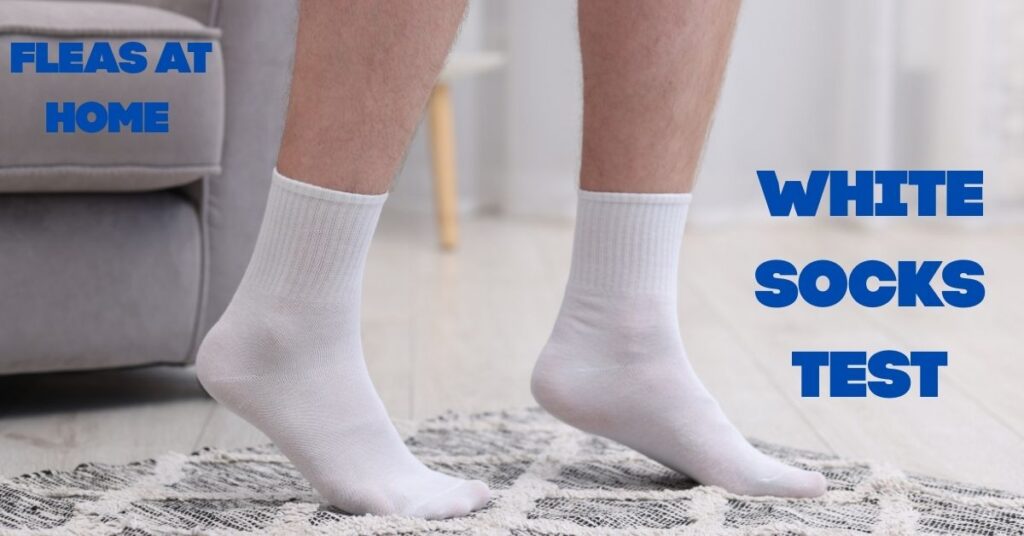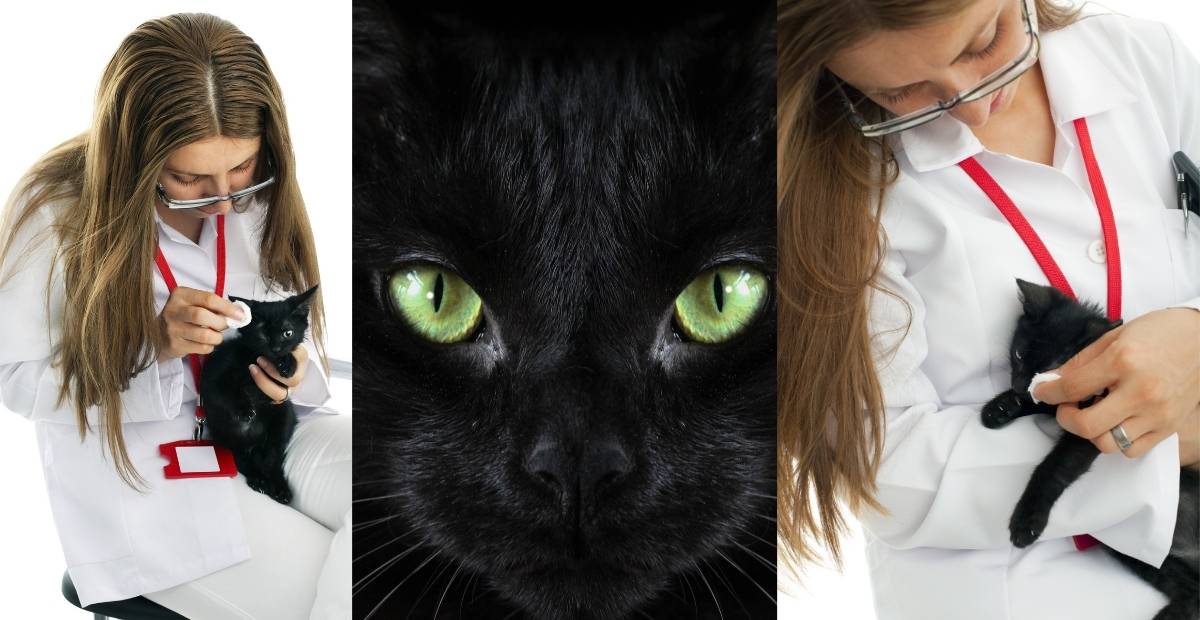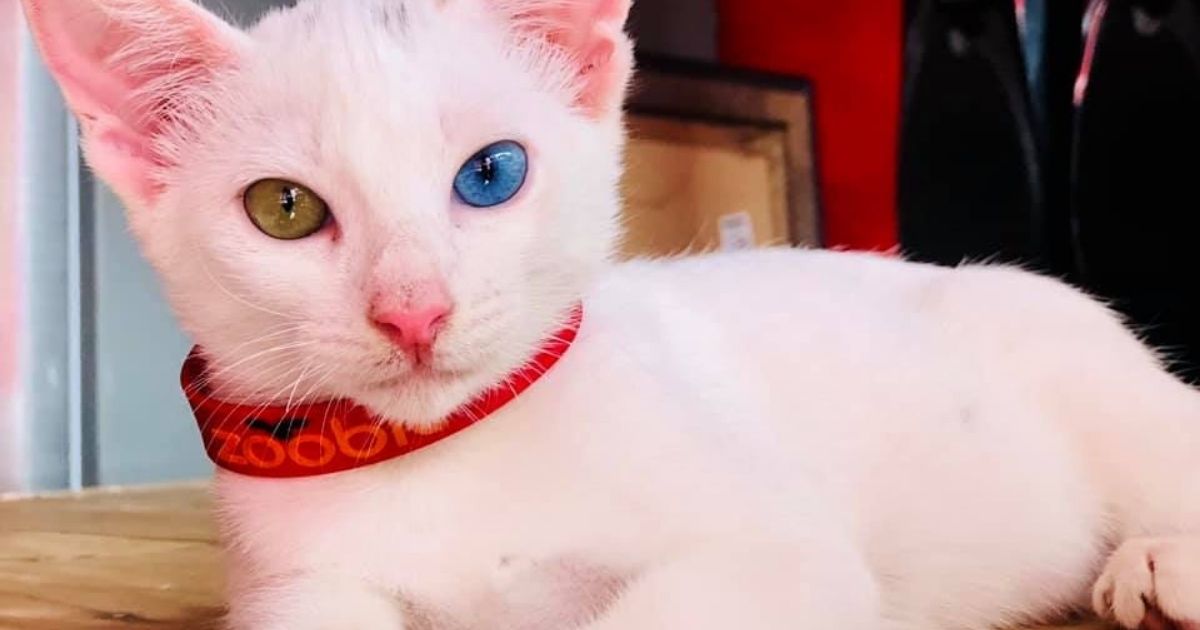Now Reading: Cat Hair Falling Out: Here’s Why It Happens & What to Do
- 01
Cat Hair Falling Out: Here’s Why It Happens & What to Do
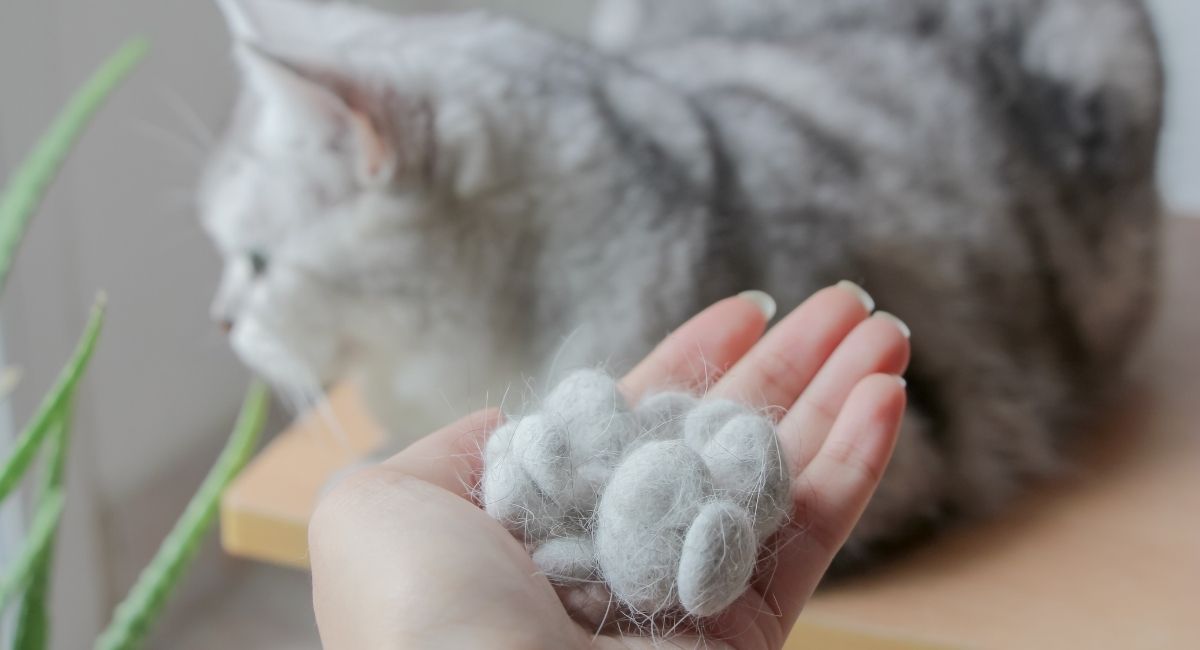
Cat Hair Falling Out: Here’s Why It Happens & What to Do
Cat hair falling out: Bald Patch on Cat
You’re brushing your cat, as usual, when you suddenly spot a weird bald patch. Panic mode: ON.
You start Googling phrases like “cat hair falling out in clumps”, “bald patch on cat,” and the ever-haunting, “what causes cat hair to fall out.”
Take a breath—we’ve got you covered.
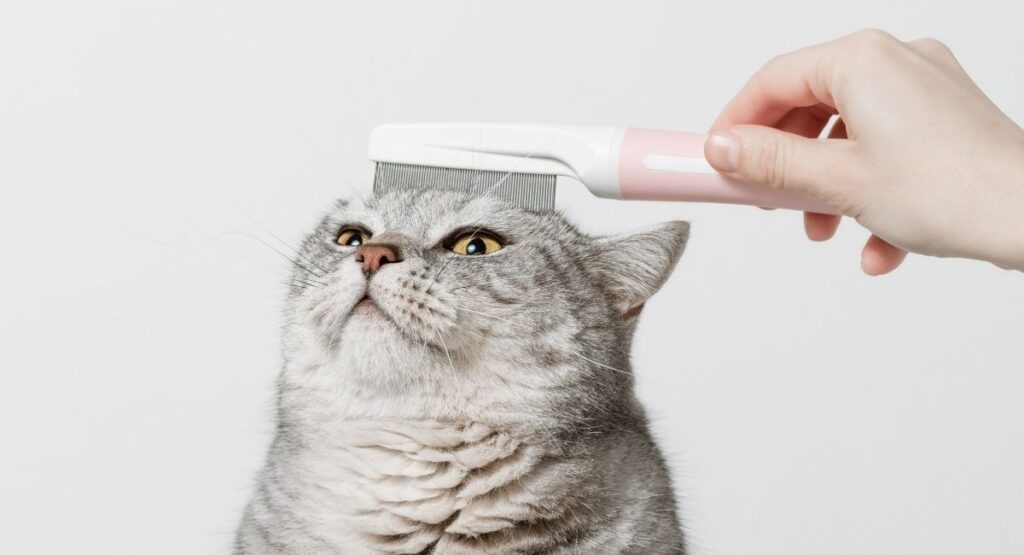
If your cat’s once-glossy coat now looks patchy or uneven, it’s not always something serious, but it is your cat’s way of saying, “Hey, something’s up.”
Let’s break down why your cat hair is falling out, when to worry, and what you can do to fix it.
Is Cat Hair Falling Out Normal?
The short answer? Sometimes, yes.
Cats shed naturally, especially during seasonal transitions (think: spring or fall). So, if your cat’s fur is coming out but there are no bald spots, it could just be the shedding cycle.
But if the shedding is heavy, unusual, or accompanied by bald patches on your cat, it’s time to take a closer look.
Top Reasons Why Cat Hair Falls Out
Here are the most common (and vet-approved) causes behind that scary fur loss:
1. Allergies—From Food to Fleas
Cats can be allergic to food ingredients (like chicken or beef), flea saliva, pollen, or even household cleaning sprays.
If your cat is scratching more than usual and losing fur in patches, allergies could be the culprit.
2. Fleas or Mites—Tiny Pests, Big Trouble
Even indoor cats aren’t safe from fleas. If you see scabs, flakes, or angry red patches on your cat’s skin, it might be flea dermatitis.
And yes, cat hair falling out in clumps often links back to flea bites.
3. Stress & Anxiety—Yes, Cats Feel It Too
Have you recently moved homes? Changed your cat’s routine? Introduced a new pet? Cats often express emotional distress physically—and fur loss is one way it shows.
4. Fungal Infections—Ringworm Alert
Despite the name, ringworm is a fungus. It causes round bald spots that may look scaly or red. Highly contagious (even to humans), this condition needs immediate vet attention.
5. Hormonal Imbalances
Thyroid problems, adrenal issues, or even pregnancy can throw your cat’s hormones out of whack—resulting in patchy hair loss. A blood test usually clears this up quickly.
Bald Patch on Cat? Here’s What to Look For
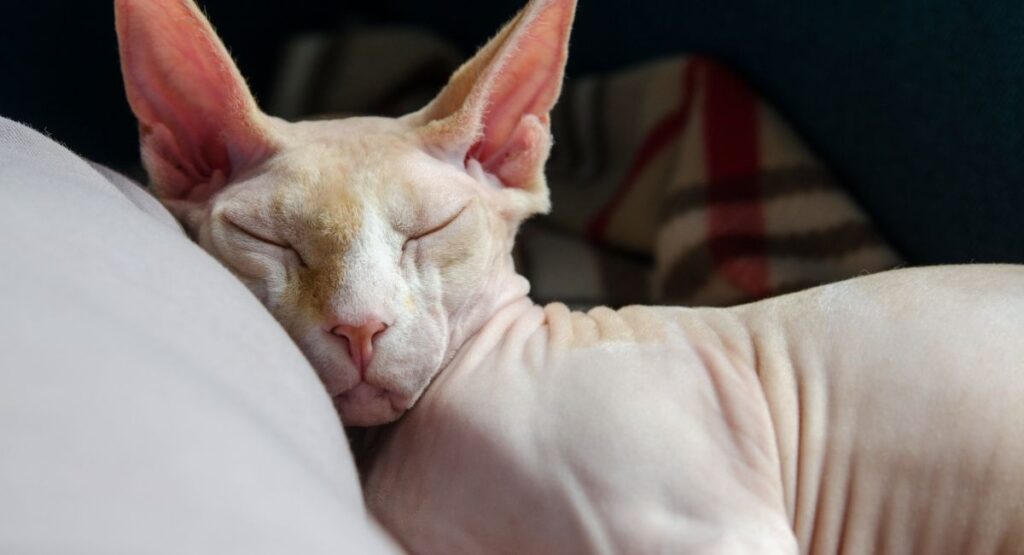
When it comes to bald patches, don’t just look at the hair loss—check the skin underneath:
- Is it red or irritated?
- Are there scabs or crusty areas?
- Is your cat grooming or scratching the same spot over and over?
Answering these questions can help your vet get a better diagnosis and start treatment.
Secret Tips to Prevent Cat Hair Loss (From Vets!)
Keeping that gorgeous coat lush and shiny doesn’t require magic—just some good habits and proactive care.
1. Regular Grooming Sessions
Brushing your cat 2–3 times a week removes dead hair, reduces hairballs, and helps you notice issues before they worsen.
2. Switch to Hypoallergenic Cat Food
A diet free from common allergens (like wheat or corn) can work wonders. If food is the problem, you’ll usually see improvement within 4–6 weeks.
3. Stay on Top of Flea Control
Even indoor cats benefit from monthly flea preventatives. Trust us, it’s way easier to prevent fleas than treat a full-blown infestation.
4. Create a Stress-Free Space
Cats love routines. Use calming diffusers, provide hiding spots, and avoid abrupt changes to help them stay emotionally stable.
Why Is My Cat Hair Falling Out All of a Sudden?
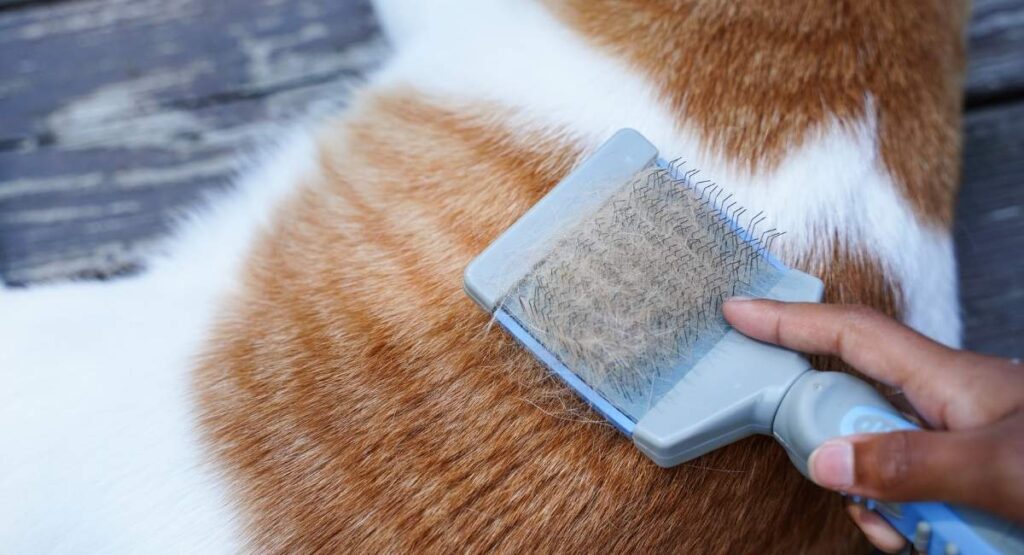
A sudden shedding spree isn’t just annoying—it’s usually a red flag.
If your cat was fine yesterday and today you notice major shedding or clumps of fur missing, it could be:
- A reaction to something in their environment
- A flea outbreak
- A sign of an underlying skin infection
Consult your vet ASAP if this happens. Fast action often means faster healing.
What Causes Cat Hair to Fall Out in Clumps?
Let’s be real—random shedding is one thing. But cat hair falling out in clumps? That’s next-level worrying.
Clumps usually indicate:
- Severe stress or over-grooming
- Fungal infections like ringworm
- Poor nutrition or vitamin deficiency
Make sure your cat’s food meets AAFCO standards and has sufficient omega-3s to support skin health.
When to See the Vet
If your cat is:
- Losing fur consistently
- Showing irritated or inflamed skin
- Itching, scratching, or biting themselves a lot
- Acting different than usual (sleeping more, avoiding you)
…it’s time to book that vet appointment.
Your vet may do a skin scraping, blood test, or fungal culture to get answers.
Final Thoughts: Trust Your Gut (And Your Grooming Brush)
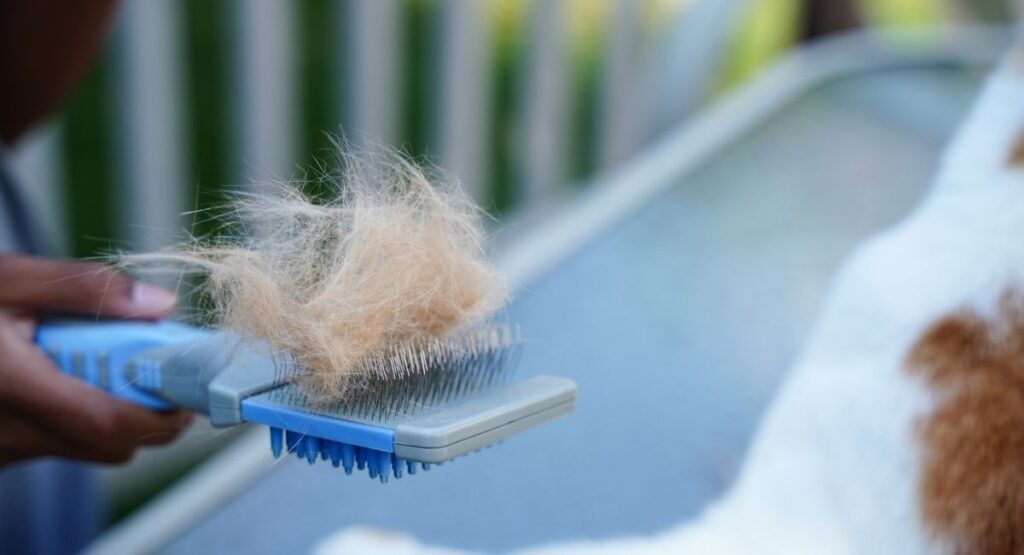
Cats can’t speak—but their fur can.
If you notice cat hair falling out, it might not be the end of the world, but it’s definitely a message.
Stay observant. Stay consistent. And remember—early care is the best care.
FAQs: Real Cat Parents Want to Know
Only if it’s mild seasonal shedding. If bald spots or itching appear, consult your vet—home remedies may make it worse.
Not always! Sometimes it’s just grooming or stress. But rule out infections or parasites to be safe.
In most cases, yes—once the root cause is treated. But untreated conditions can lead to permanent hair loss.
Flea allergy dermatitis is a top reason for hair loss around the back and tail. Get your flea control sorted right away.



